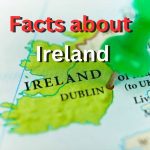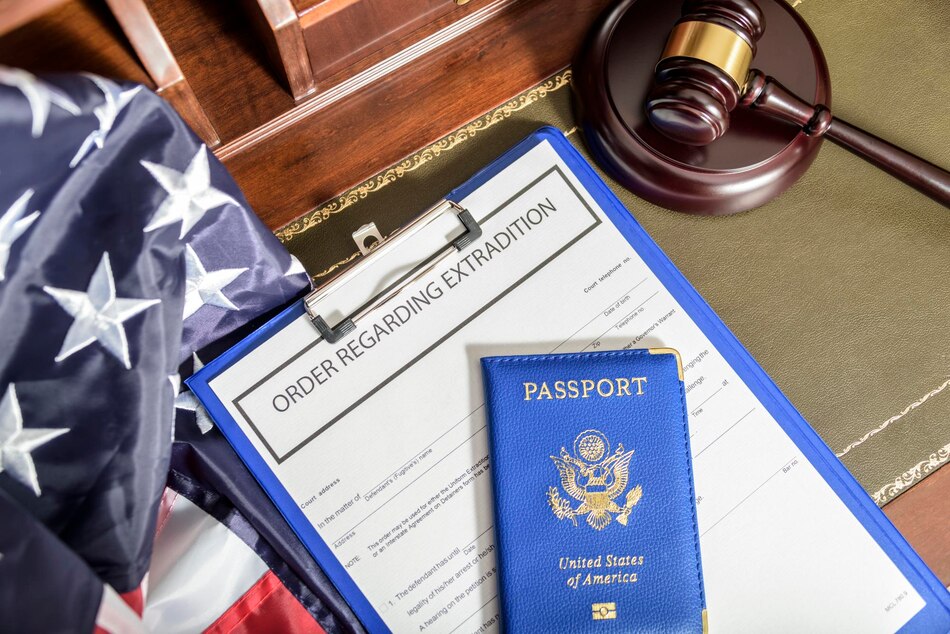Introduction
What is The Difference Between Migration and Immigration are often used interchangeably, but they carry distinct meanings that are essential to comprehend in discussions about global movement and population shifts. In this blog, we will delve into the nuances of migration and immigration, exploring their definitions, key differences, and the broader implications these concepts have on societies worldwide.
Defining Migration
Migration is a broad term that refers to the movement of people from one place to another. It encompasses various types of movements, both internal and international. Migration can be temporary or permanent, forced or voluntary, and it can involve individuals or entire communities. The driving forces behind migration are diverse, ranging from economic opportunities and environmental factors to conflict and social dynamics.
Understanding Immigration

Immigration, on the other hand, specifically refers to the act of individuals or groups moving into a new country or region for the purpose of settling there. It involves the crossing of international borders and is often associated with the desire for better economic prospects, improved living conditions, or seeking refuge from conflict or persecution.
Key Differences Between Migration and Immigration

- Scope:
- Migration is a broader term that encompasses all types of movements, whether within a country or across international borders. Immigration, in contrast, specifically refers to the act of moving into a new country.
- Direction:
- Migration can be internal (within a country) or international, encompassing both emigration (leaving a country) and immigration (entering a country). Immigration specifically focuses on the act of entering and settling in a new country.
- Duration:
- Migration can be temporary or permanent. People might migrate for short periods and then return to their place of origin (circular migration), or they may choose to settle permanently in a new location. Immigration typically implies the intention to establish a more permanent residence in the destination country.
- Causes:
- The causes of migration are diverse and can include economic factors, environmental changes, social dynamics, and political upheaval. Immigration is often driven by a desire for better economic opportunities, improved quality of life, or seeking asylum and protection.
- Scale:
- Migration can involve individuals, families, or entire communities. Immigration, being a subset of migration, focuses on the movement of individuals or groups entering a new country.
Broader Implications

Understanding the distinctions between migration and immigration is crucial for policymakers, researchers, and the general public. Policymakers need to develop nuanced strategies that address both internal and international movements, considering the diverse motivations and challenges associated with each. Researchers benefit from clear definitions to conduct accurate studies on population dynamics, and the public gains a deeper understanding of the complexities surrounding global movement.
Conclusion
In dissecting the differences between migration and immigration, we gain insight into the multifaceted nature of human movement. These terms, while interconnected, encapsulate distinct aspects of the dynamic and ever-evolving patterns that shape societies and communities worldwide. Recognizing the nuances between migration and immigration is a critical step towards fostering informed discussions, policies, and perspectives on the intricate tapestry of global movement.
Frequently Asked Questions (FAQ) – Understanding the Difference Between Migration and Immigration
1. Is migration the same as immigration?
- No, Migration and Immigration is a broader term that includes various types of movements, both internal and international. Immigration specifically refers to the act of moving into a new country.
2. Can migration be temporary?
- Yes, Migration and Immigration can be temporary or permanent. People might migrate for short periods and then return to their place of origin, a phenomenon known as circular migration.
3. Are all immigrants considered migrants?
- Yes, immigrants are a subset of migrants. All immigrants are migrants, but not all migrants are immigrants. Immigration specifically involves the act of entering and settling in a new country.
4. What factors drive migration?
- Migration can be driven by economic opportunities, environmental changes, social dynamics, and political upheaval. The motivations for migration are diverse and can vary from individual to individual.
5. Are there different types of migration?
- Yes, migration can take various forms, including internal migration (within a country), international migration (across borders), and forced migration (due to conflict, persecution, or environmental factors).
6. Can migration be within a single country?
- Yes, internal migration refers to movement within a single country. It can involve individuals relocating from rural to urban areas or moving between different regions within a country.
7. What is the difference between immigration and emigration?
- Immigration refers to individuals moving into a new country, while emigration involves individuals leaving their country of origin. Together, they form international migration.
8. Do immigration policies vary between countries?
- Yes, immigration policies vary widely between countries. Each country has its own regulations and criteria for admitting individuals, and these policies can change over time based on economic, social, and political considerations.
9. Can someone be both a migrant and an immigrant?
- Yes, individuals can be both migrants and immigrants. For example, someone might move within their own country (migration) and later decide to settle in a new country (immigration).
10. How does understanding the difference between migration and immigration benefit society?
- Understanding these terms is crucial for policymakers, researchers, and the public. It enables nuanced policy development, accurate research on population dynamics, and fosters informed discussions about the complex nature of human movement globally.











